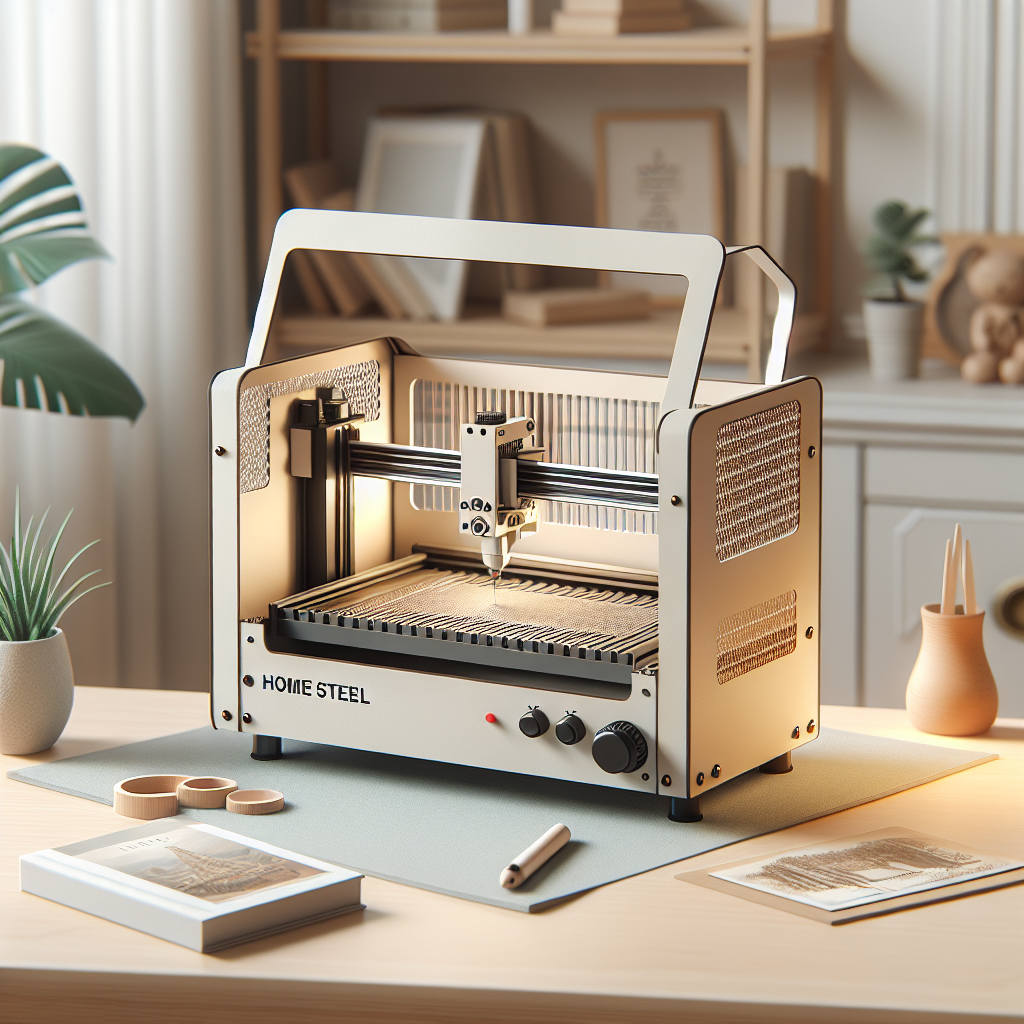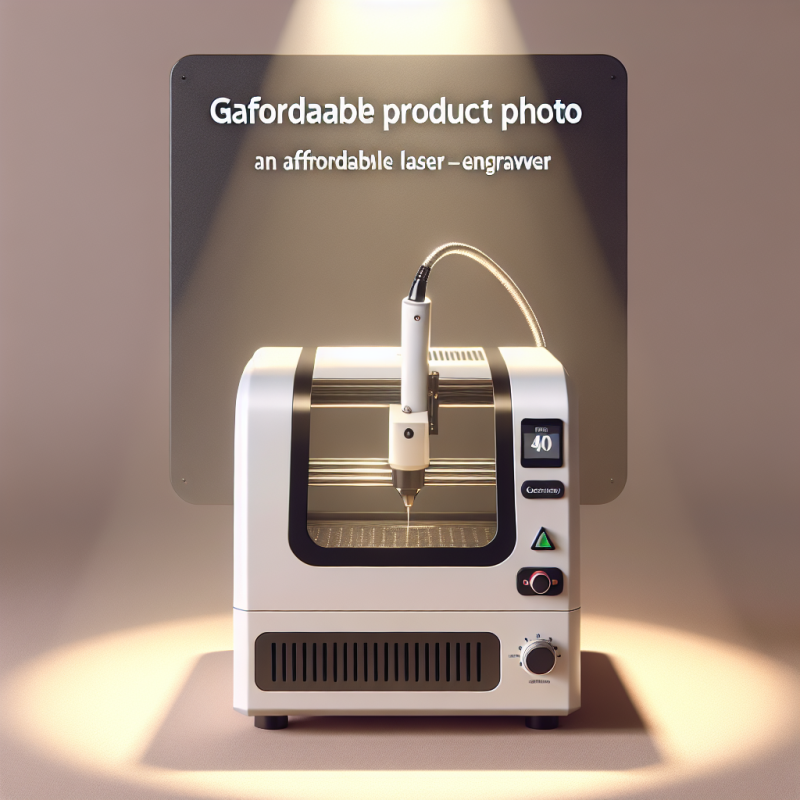Exploring the Capabilities of Laser Cutter Engravers: Precision and Versatility
Laser cutting and engraving have revolutionized industries ranging from woodworking to signage production. The **laser cutter engraver** has emerged as a versatile tool that combines precision, speed, and creativity. Whether you’re a hobbyist or a professional, this technology offers endless possibilities for crafting intricate designs and patterns. In this article, we’ll delve into the features, benefits, and applications of laser cutter engravers, helping you understand why they are indispensable in modern manufacturing.
What is a Laser Cutter Engraver?
A **laser cutter engraver** is a machine that uses a focused beam of light to cut or engrave materials. Unlike traditional tools, lasers operate with exceptional precision, allowing for intricate details and clean cuts. This technology is particularly popular in woodworking, where it can carve complex patterns into wood surfaces without causing damage or splintering.
The process involves directing the laser beam through a CNC (Computer Numerical Control) system, which follows a digital design file to guide the cutting or engraving path. This ensures accuracy and consistency, making it ideal for both small-scale projects and large production runs. If you’re wondering *how to achieve professional-grade results at home*, a **laser cutter engraver** might be your answer.
Benefits of Using a Laser Cutter Engraver
The advantages of using a **laser cutter engraver** are numerous, especially for those looking to enhance their craftsmanship. Here are some key benefits:
- Precision and Accuracy: Lasers offer unmatched precision, allowing for intricate designs and clean cuts that traditional tools can’t match.
- Versatility: These machines can work with a variety of materials, including wood, metal, plastic, and leather, making them suitable for diverse projects.
- Speed: Once programmed, laser cutters can process designs quickly, reducing production time significantly.
- Clean Finish: Unlike mechanical cutting methods, lasers leave a smooth, splinter-free surface, minimizing post-processing tasks.
- Customization: With digital design files, you can create unique and personalized projects tailored to your needs.
If you’re curious about *how to improve the quality of your woodworking projects*, investing in a **laser cutter engraver** could be a game-changer. It not only enhances creativity but also streamlines workflows for professionals and hobbyists alike.
Applications of Laser Cutter Engravers
The applications of laser cutter engravers are vast, spanning multiple industries. Some common uses include:
- Woodworking: Carving intricate designs, patterns, and text into wood surfaces for furniture, decorative items, or signage.
- Crafts: Creating custom gifts, jewelry boxes, or artistic pieces with precise engravings.
- Signage Production: Engraving letters and logos onto materials like acrylic, metal, or wood for professional signs.
- Jewelry Making: Etching delicate designs onto metals such as gold, silver, or platinum.
- Customization: Personalizing items like name tags, awards, or promotional products with unique engravings.
If you’re exploring *how to expand your creative projects*, a **laser cutter engraver** opens up a world of possibilities. Whether for personal use or commercial production, its versatility makes it an invaluable tool in any workshop.
How Does a Laser Cutter Engraver Work?
To understand the functionality of a **laser cutter engraver**, let’s break down the process:
- Design Creation: Start by creating or importing a digital design file using software like CAD (Computer-Aided Design) or Adobe Illustrator.
- Material Setup: Secure the material (e.g., wood, metal, plastic) onto the machine’s worktable. Ensure it’s properly aligned for accurate cutting or engraving.
- Laser Adjustment: Depending on the material and desired outcome, adjust the laser power and speed settings. This ensures optimal performance without damaging the material.
- Cutting/Engraving: Initiate the process by sending the design file to the machine. The CNC system directs the laser beam along the programmed path, either cutting through the material or engraving intricate details into its surface.
- Post-Processing: Once complete, remove the material and perform any necessary finishing touches, such as sanding or polishing, to achieve the desired look.
If you’re wondering *how to optimize your laser cutting process*, experimenting with different materials and settings can help you achieve the best results. Practice on scrap material before working on your final project to refine your technique.
Choosing the Right Laser Cutter Engraver
With so many options available, selecting the right **laser cutter engraver** for your needs can be overwhelming. Here are some factors to consider:
- Type of Laser: Different lasers (e.g., CO2, fiber) are suited for various materials. Research which type aligns with your primary projects.
- Power Output: Higher wattage lasers are better for thicker or denser materials but may require more careful handling to avoid overheating.
- Build Quality: Invest in a machine with durable components to ensure longevity and reliability. Look for reviews or recommendations to gauge performance.
- Budget: Determine your budget and compare models within that range, balancing features and cost-effectiveness.
If you’re *how to decide between different laser cutter engravers*, prioritize your specific needs. For example, if you primarily work with wood, a CO2 laser might be sufficient, while metalwork may require a more powerful fiber laser.
Maintenance and Safety Tips
Like any precision tool, maintaining your **laser cutter engraver** is crucial for optimal performance and safety. Follow these tips:
- Regular Cleaning: Dust and debris can accumulate on the machine’s optics and surfaces. Clean them regularly to ensure accurate laser operation.
- Lens Care: Avoid touching the lenses with bare hands, as oils from your skin can cause smudging or damage. Use lens cleaning solutions when necessary.
- Ventilation: Laser cutting produces fumes and particulates, so ensure proper ventilation in your workspace to maintain air quality.
- Safety Gear: Always wear safety goggles and gloves when operating the machine. Keep flammable materials away from the work area.
If you’re concerned about *how to extend the lifespan of your laser cutter engraver*, adhering to these maintenance practices will help keep it running smoothly for years to come.
Conclusion
A **laser cutter engraver** is a powerful tool that has transformed how we approach crafting and manufacturing. Its precision, versatility, and efficiency make it an essential addition to any workshop. Whether you’re creating custom woodwork, signage, or jewelry, this technology opens up endless creative possibilities.
If you’re *how to take your projects to the next level*, consider investing in a **laser cutter engraver**. With proper usage and maintenance, it can elevate your work and bring your most ambitious designs to life. Start exploring its capabilities today and unlock new dimensions of creativity!



